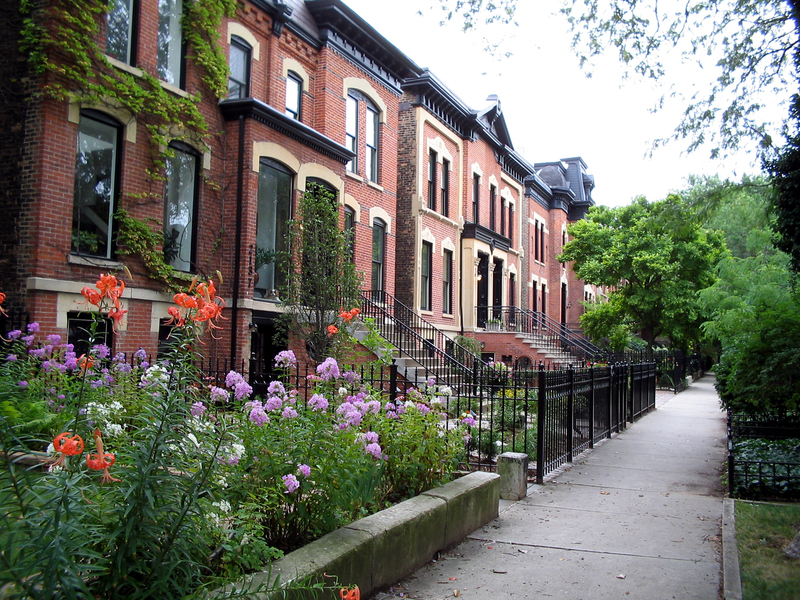Code Green Solutions


Although sustainable certification systems are often used for building evaluation, they can also be beneficial in the planning and design of urban developments. Many international organizations have devised rating systems to evaluate the sustainability of new developments, but some of the most notable include BREEAM Communities, LEED for Neighborhood Development (LEED-ND), and DGNB Neubaustadtquartiere (DGNB-NSQ). This article is the first of a two-part series that investigates the major differences between these three systems. In this article, we explore the differing focus categories within each rating system and how they inform their central goals.
Focus Categories Within Each System
The focus category (referred to as credit category in LEED), which clusters together credits within a similar theme, is an important structural component of each rating system. The table below lists all of the focus categories in LEED-ND, BREEAM Communities, and DGNB-NSQ.
Focus categories are not created equal. Within each rating program, the focus categories are weighted differently as a result of the number of points allocated to each category. Evaluating the relative weights of differing categories can illuminate the sustainability priorities of each system.
For example, in BREEAM, the overwhelming majority of points come from the Social and Economic Wellbeing (SE) category, which includes roughly 43% of all points available within the rating system. Many of these credits are associated with the involvement of individuals of the community in the planning and design process, which is one of the core principles of the BREEAM Communities program. The next highest point percentage is found in Resources and Energy (RE), which includes credits aimed at reducing a project’s environmental impact through usage reduction of limited resources. The category given the least weight, Innovation (Inn), is not a major part of the system, and is composed entirely of bonus points that can be awarded to a project for clever design techniques after the rest of the points have been tallied.
In LEED, about 37% of points are allocated to the Neighborhood Pattern and Design (NPD) category, which indicates an emphasis on the layout of the district, its available amenities, and the input of the community members. Not far behind is the Green Infrastructure and Buildings (GIB) category, allocated 28% of total points, which focuses on resource and energy use reductions through efficiency within the built environment. The Regional Priority credits are a very small fraction at only about 4%, and are awarded as bonus points for the achievement of geographically important credits. The Innovation (Inn) group of points is treated as it’s own focus category (unlike in BREEAM), though allotted a very small percentage of points (about 5%).
DGNB, on the other hand, does not differentiate strongly between most of its categories, devoting 10% of its points to the Process Quality category and dividing the remaining 90% equally between the other four: Environmental Quality (ENV), Economic Quality (ECO), Social and Functional Quality (SOC), and Technical Quality (TEC).
Focus Categories Across System Boundaries
Since each of the focus categories cover different sustainability themes, it is also important to evaluate the weights of focus categories across rating system boundaries. The graph in Figure 5 represents all of the rating system focus categories and their relative weight within each certification program. For reference, the names of the categories are listed in Figure 1 (above).
Through visual analysis of the chart in Figure 5, one can quickly discern the categories in which the three rating systems are most similar and most differentiated in terms of point percentage. The most closely matched focus categories are Environmental Quality (ENV), Social and Functional Quality (SOC), Smart Location and Linkage (SLL), Neighborhood Pattern and Design (NPD), and Resources and Energy (RE). These categories include credits aimed at achieving some of the most fundamental goals in creating sustainable communities, such as environmental impact mitigation, energy and resource use reduction, and quality and efficiency of urban planning.
The chart in Figure 5 also illuminates significant discrepancies in certain categories across the three systems. Some of the most pronounced differences are seen in the Innovation (Inn), Regional Priority (RP), Governance (GO), and Economical Quality (ECO) categories. Innovative processes or technologies are not incentivized in the DGNB-NSQ criteria, while the regional prioritization of particular points is unique to LEED-ND. The Governance (GO) grouping, which is more heavily weighted in BREEAM Communities and DGNB-NSQ, consists of credits intended to closely involve the community in the design, construction, and operation of the district. While this is also one of the goals of LEED-ND, it is a small portion thereof, represented by a single credit: NPDc12-Community Outreach and Involvement. Similarly, the Economic Quality (ECO) category, which is largely represented in the British and German systems, is arguably represented by only one credit in LEED: NPDc2-Compact Development. The category as a whole addresses the fiscal impacts of the development, both on the community residing within it and the economy of the greater municipality.
It is important to note, however, that this analysis compares only the explicit goals of each system’s criteria. Therefore, the additional benefits that are not necessarily reflected in the stated intent of each rating program’s credits are not discussed. Additionally, both the BREEAM and LEED systems allow for some flexibility through their Innovation credits, and can be used to address sustainability issues not explicitly addressed within their credit language. Understanding the differences in impact between the systems, based not only on explicit directives but also on unstated, yet expected benefits could be an interesting starting point for future research.
For a discussion of the specific credit differences between these rating systems, see the forthcoming article Sustainable Community Design, Part II: Credit Leadership.